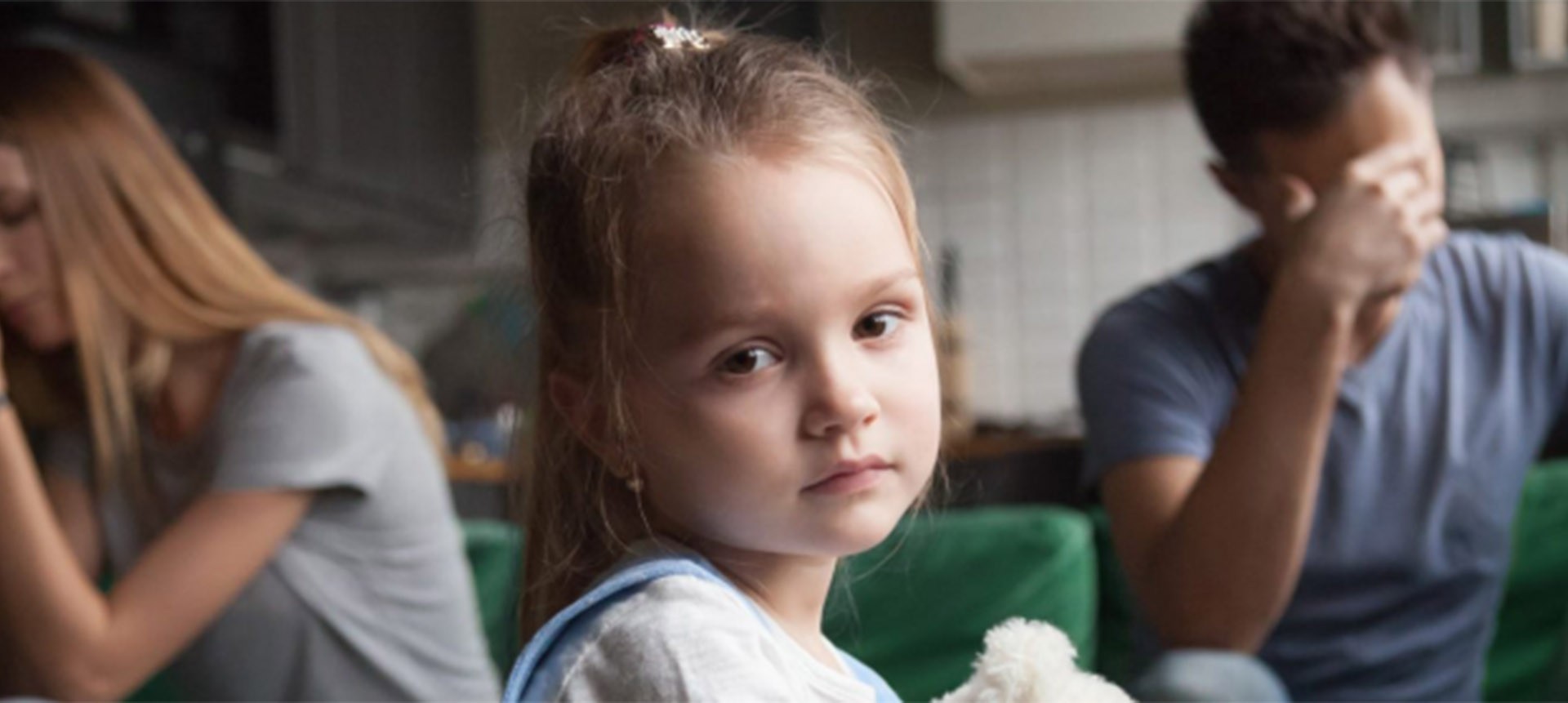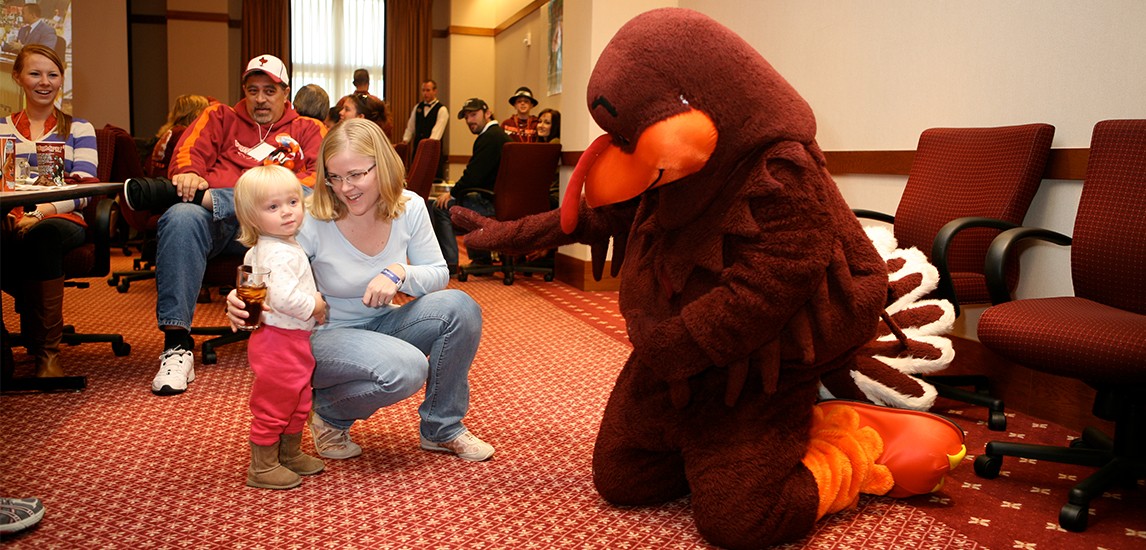
What is Phobia?
A phobia is an excessive fear of an object or a situation and is a type of anxiety disorder.
Types of Phobias –
Specific phobia: A child has anxiety when exposed to a certain object or situation. He or she stays away from the object or situation, dreads it, or endures it with so much fear that it interferes with normal activities of the child. Some common phobias are a fear of animals, insects, blood, heights, or flying.
Panic disorder: A child feels an unpredictable, unexpected period of great fear or discomfort. He or she may have a panic attack. Symptoms include shortness of breath, dizziness, shaking, fear of losing control, and racing heartbeats.
Agoraphobia: This is a fear of open spaces, such as being outside or leaving alone from home. It is linked to one or more phobias or the fear of having a panic attack.
Social anxiety disorder: A child is afraid of one or more social or performance situations with others of the same age group. Examples are acting in a school play or giving a speech in front of the class/audience.
Separation anxiety disorder: A child fears being apart from a figure with whom he/she might be closely attached, such as a mother or father. This condition interferes with daily activities of the child as it is not practically possible to accompany the child everywhere.
Symptoms of phobias in children –
Each child may have different symptoms when exposed to a phobia. But the following are the most common:
- Increased heart rate
- Sweating
- Trembling or shaking
- Shortness of breath
- Feeling of choking
- Chest pain or discomfort
- Upset stomach
- Feeling dizzy or fainting
- Fear of losing control or going crazy
- Numbness

Common Fears in children –
Fear is an emotion that can help kids to be cautious. Things that are new, big, loud, or different can seem scary at first. Parents and teachers can help kids feel safe and learn to feel at ease in probable situations of fear.
What do children feel afraid of?
Children feel afraid of changes as they grow. Some fears are common and considered normal at certain ages.
Let us take an example. When babies are about 8–9 months old, they can recognize the faces of people who are mostly around and whom they know. That is why new faces can seem scary to them even of a new babysitter or a relative. They may cry or cling to a parent to feel safe.
The scary monsters they imagine seem real. They fear what might be under their bed or in the closet. Many are afraid of the dark and at bedtime. Some are afraid of scary dreams. Young kids may also be afraid of loud noises, like thunder or fireworks.
Preteens and teens may have social fears. They might feel anxious or afraid before they give a report in a class, start at a new school, take a big exam, or play in a big game.
How to deal with fears and phobias in children –
- Comfort the child by saying, “It’s OK, you’re safe, I’m here.” Let your children know you are there to protect them. Give hugs and comfort him/her with soothing words to help the child feel safe.
- Help the child to express and put their feelings into words. Help children try new things.
- For a young child who is afraid of darkness, have a soothing bedtime routine. Read stories or sing songs to them. Let the child always feel safe and loved.
- Limit the scary images, movies, or shows that children watch. These can cause fears unnecessarily.
- Help kids and teens learn to prepare for challenges, like tests or class reports. Let them know you believe in them.
- Most kids cope with the normal fears with gentle support from their parent and teachers. As they grow, they get over their fears which they had at a younger age.
You would have understood the reasons about phobias and fears among children and how to tackle them. These are also covered as a part of certain courses that are available for current and aspiring teachers as well as parents.






No comment yet, add your voice below!